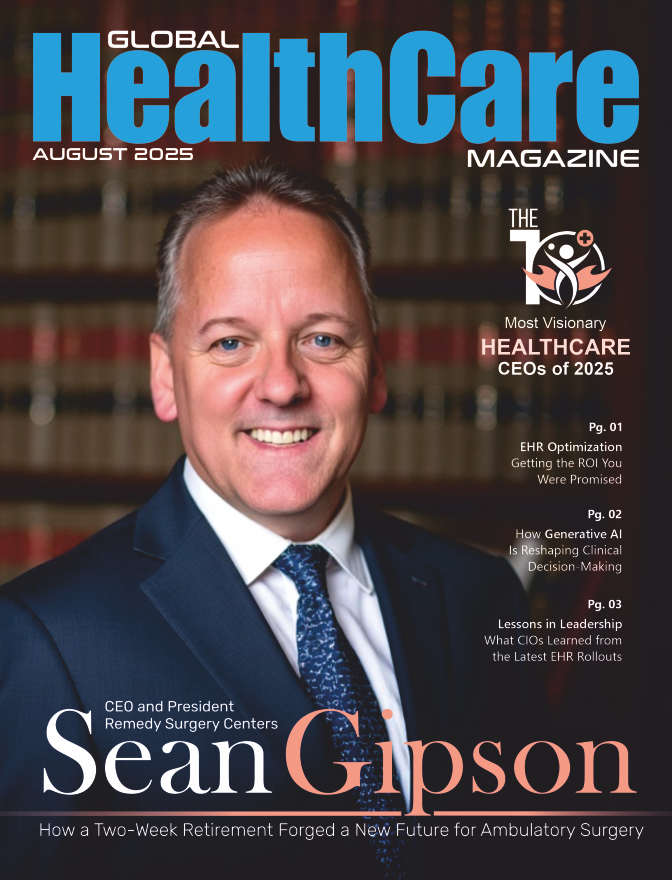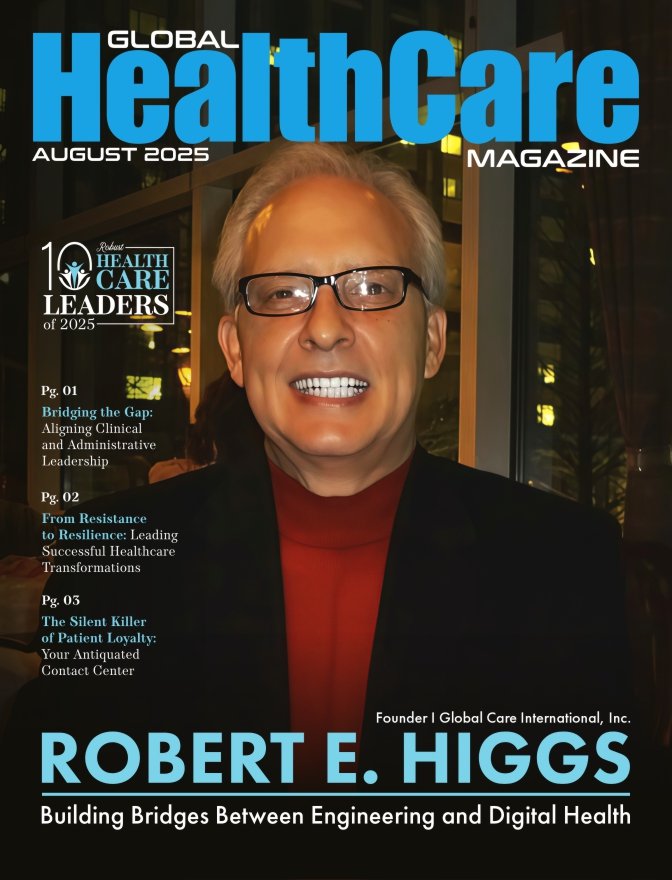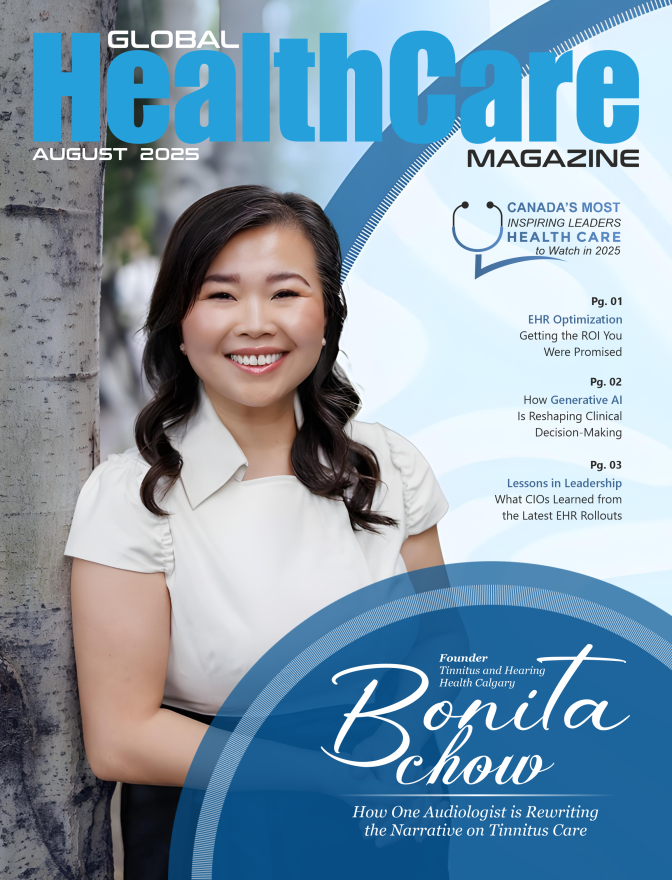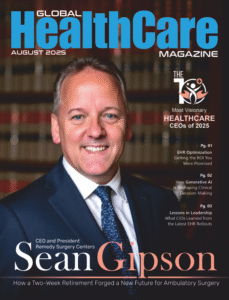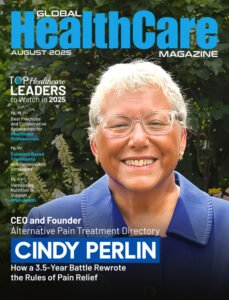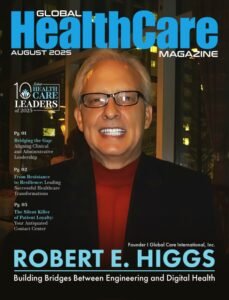There’s a quiet revolution brewing in the pharmaceutical world. It doesn’t involve a blockbuster new drug or a gleaming, billion-dollar research lab. Instead, it hinges on something far more fundamental, yet deceptively complex: truth. Or, as Morten Olesen, the thoughtful founding partner of CIMS, would put it, “data integrity.” It’s a phrase that might sound dry, perhaps even a little anodyne. But in the high-stakes game of developing medicines that will touch millions of lives, the unassailable truth of data isn’t just important; it’s the bedrock upon which everything else – safety, efficacy, trust – is built.
Olesen has a Kierkegaardian philosophy that underpins his company’s mission, a decidedly Danish approach to a global challenge: “If one is truly to succeed in leading a person to a specific place, one must first and foremost take care to find him where he is and begin there.” For pharmaceutical companies navigating the labyrinthine path of clinical drug development, “where they are” is often a place of overwhelming data, a cacophony of information where the signal of genuine insight can be easily lost in the noise of mismanagement. “Decisions based on low-quality data,” Olesen states with the calm assurance of a man who has witnessed the alternative, “can lead to mismanagement.” It’s a polite understatement for potentially catastrophic outcomes.
Imagine, for a moment, the journey of a new drug. It’s not a linear sprint but a grueling marathon, involving countless researchers, clinicians, and patients, generating mountains of data at every step. Every blood test, every patient-reported outcome, every manufacturing variable – it all becomes part of an enormous, sprawling puzzle. In this landscape, CIMS emerges not just as a service provider, but as a kind of data cartographer, charting a course from chaos to clarity. They specialize in clinical data integration, a field that sounds technical because it is, but at its heart, it’s about making sense of the deluge.
Think of it like this: in the old world, information trickled. Today, it floods. And while more data should mean better decisions, it often just means more opportunities to get things wrong. A single flawed data point in a vast dataset can be the butterfly wing that triggers a hurricane of wasted resources, delayed therapies, and eroded trust with regulatory bodies like the FDA or EMA. This is where CIMS’s dedication to data integrity, inspired by ISO 9001:2015 risk-based thinking and what they call the “3*T framework” (Truth-Trust-Traceability), becomes paramount. They don’t just manage data; they curate it, ensuring it’s accurate, validated, and, crucially, verifiable. It’s about building a supply chain, not for physical goods, but for information itself – an Information Supply Chain Management (ISCM) system where every link is fortified against error and ambiguity.
This isn’t just about ticking regulatory boxes, though that’s a significant part of it. Robust data integrity, Olesen rightly points out, can “reduce the frequency of audits,” saving companies invaluable time and money. But the bigger win is the confidence it instills – confidence that the life-altering decisions being made are based on a foundation of unshakeable fact. CIMS achieves this through a suite of five standardized tools, meticulously designed for key regulatory operations from vendor management to audits. The result? Streamlined processes and, often, significant cuts in trial execution time. It’s the Kaizen principle of continuous improvement, applied to the very DNA of drug development.
The Sweet Spot: A Glimpse into the Future with GLUCARE
The abstract challenge of data integrity finds a tangible, and profoundly human, expression in projects like GLUCARE. Here, the stakes are intensely personal: managing diabetes, a condition affecting a staggering 463 million people worldwide. Current continuous glucose monitors (CGMs) are a marvel, but they have a shelf life, typically up to 180 days, necessitating repeated surgical replacements. This isn’t just inconvenient; it’s costly (around €3000 per patient annually) and carries inherent risks.
The GLUCARE consortium – a powerhouse collaboration including Zimmer & Peacock from Norway, Safe Implant Technology ApS (SIT) from Denmark, and Aalborg University – is aiming for a paradigm shift. Their audacious goal, backed by a €1.3 million Eurostars grant, is to develop the first long-term (over two years) implantable biosensor for CGM. This isn’t just an incremental improvement; it’s a leap. Central to this ambition is a novel surface coating, GP5, patented by SIT, designed to dramatically reduce the body’s natural tendency to reject foreign objects and improve subcutaneous residency time.
But building such a device is an orchestra of expertise. Microsensor engineers must design sensors of exquisite precision. Circuit designers craft the electronics. Software programmers develop algorithms to interpret the data. Medical chemists ensure bioactive compounds remain stable. Immunologists study the body’s response. And weaving through it all, like a golden thread, is the absolute necessity for robust data management. “Robust data management and integrity protocols,” the consortium states, “are essential for the success of GLUCARE, relying on collaboration and seamless data integration at every stage.” Every data point, from preclinical animal model studies to the eventual human trials, must be pristine. The GLUCARE project isn’t just about a better device; it’s a testament to how critical unimpeachable data is to medical breakthroughs.
The Next Frontier: Personalized Medicine’s Data Imperative
If GLUCARE offers a snapshot of current innovation, Morten Olesen and CIMS are also looking further ahead, towards a future dominated by personalized medicine. The old model of “one-size-fits-all” drug discovery is, frankly, running out of steam. “The pharmaceutical industry faces significant challenges as traditional drug discovery pipelines are drying out,” Olesen observes. The answer, he and many others believe, lies in tailoring treatments to the individual.
Antibodies are leading this charge, their specificity making them ideal candidates for therapies designed around a patient’s unique biological makeup. But true personalization demands more than just a targeted drug. It requires real-time monitoring of a host of patient parameters – blood pressure, glucose, and beyond – and the ability to adjust treatments on the fly. Imagine a world where your medication isn’t a fixed dose taken at fixed intervals, but a dynamic response to your body’s ever-changing state.
This is where the vision becomes truly transformative. Connected monitoring devices talking seamlessly to medication administration devices. AI-driven algorithms continuously learning and optimizing treatment, minimizing those dreaded adverse drug reactions (ADRs) that can derail even the most promising therapies. Consider diabetes again: a real-time glucose monitor directly instructing an insulin pump, maintaining perfect equilibrium, preventing the dangerous peaks and troughs of blood sugar.
The linchpin for this entire vision? You guessed it: data integrity. “Continuous and accurate measurement of patient parameters is essential,” Olesen stresses. Without it, the promise of personalized medicine remains just that – a promise.
The challenges are immense, of course. Developing reliable, non-invasive (or long-term implantable) monitoring devices is a Herculean task. The human immune system, ever vigilant, tends to encapsulate implants, dulling their sensitivity – a problem that often rears its head within ten days. Integrating these devices with administration systems, developing the sophisticated AI, ensuring cybersecurity – the list is long.
Yet, this is precisely the frontier where companies like CIMS, with their deep expertise in data management and their philosophical commitment to starting “where the client is,” become indispensable. Their collaboration with Safe Implant Technology on the GLUCARE project is more than just a single venture; it’s a foundational step towards this broader vision of connected, data-driven, personalized healthcare.
The journey from a single data point to a life-saving therapy is fraught with complexity. But by focusing on the immutable truth encoded within that data, by meticulously ensuring its integrity from inception to application, Morten Olesen and CIMS are not just managing information. They are helping to build a future where medicine is safer, more effective, and ultimately, more human. In the relentless pursuit of health, it turns out that the most powerful tool might just be the unwavering commitment to getting the story right, one data point at a time.
Also Read: Innovative in Healthcare Risk Management: Top Most Influential Leaders in Healthcare, 2025


